Techniques for the lead guitarist
Have you ever dutifully practiced your scales, as shown to you by a guitar teacher or in a book and wondered what is needed to turn it into real music? Vibrato and bending are two great techniques that will help to bring your guitar playing alive. Think of any accomplished lead guitarist – all of them would use vibrato and bending at some stage, to breathe life and expression into their playing. Let’s have a look at how you can do this too.
What is Vibrato?
Vibrato is a technique of rapidly moving a note up and down in the direction of the adjacent strings. Vibrato is an important method of sustaining a note once it has been picked. It also gives much more expression to your playing. Vibrato is usually found on long notes, or a note at the end of a phrase. Vibrato is usually obtained by the movement of the wrist away from the neck and back towards the neck, much like turning a doorknob. The symbol for vibrato is a wavy line. Try playing this yourself.
Bending Notes
Bending notes is one of the classic sounds of lead guitar. Players such as B.B. King, Buddy Guy, Albert King, Stevie Ray Vaughan, Gary Moore, Joe Satriani, Paul Gilbert and Yngwie Malmsteen are all great note benders. Bending helps to add emotion and intensity to the music as well as giving your playing a more vocal-like quality. A bend is achieved by fretting a note and then pushing the string sideways across the fretboard towards the adjacent strings. One important point with bending notes is to use a supporting finger behind the finger you are using to make the bend. This gives you more strength and better control. When bending notes, it is also helpful to have the thumb of the left hand right up over the edge of the neck to help push back against the pressure of the fingers. The symbol for a bend is a curved arrow accompanied by the symbol “B”. Try the following bend:
Here is an exercise for developing your ability to bend notes. Make sure you reach the exact pitch you are trying to bend to. In this exercise you are bending from D to E on the third string and then playing another E on the second string. Listen carefully to make sure your bent E note is not sharp or flat. Try recording yourself bending some notes and then listen back to check the pitch of your bends.
The following lick demonstrates the use of vibrato and bending. Give this a try:
Here is the audio recording, so you can hear how it sounds:
To conclude this blog, try playing the following lick, based upon the C blues scale. Try altering the vibrato as well – making it stronger can inject even more life into your playing. Keep practicing to develop a good ear and feel for these techniques.
Here is the audio recording, so you can hear how it sounds:
We hope you’ve enjoyed this introduction to vibrato and bending. If you are keen to delve further into this and learn some great guitar licks, have a look at the Complete Blues Guitar Manual.
Who is LearnToPlayMusic.com
LearnToPlayMusic.com is the world’s leading music education innovator and publisher of print, eBooks, apps and online lessons.
– Continue learning with Learn To Play Music at LearnToPlayMusic.com











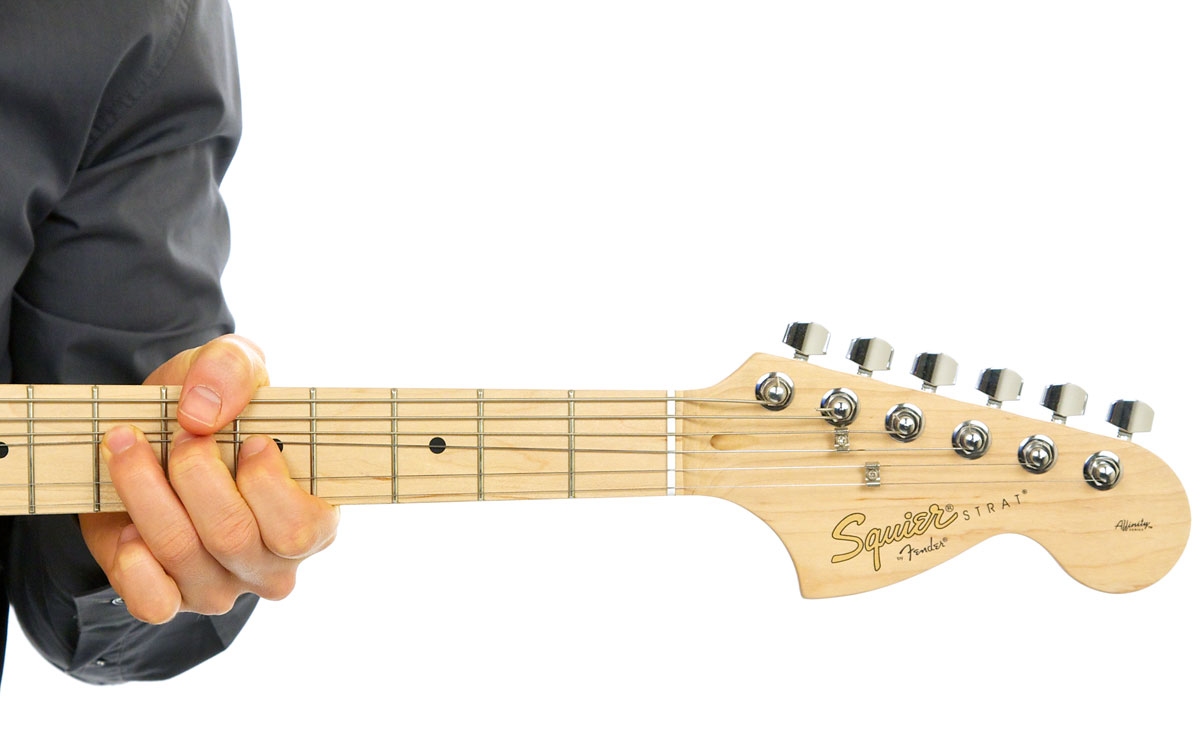
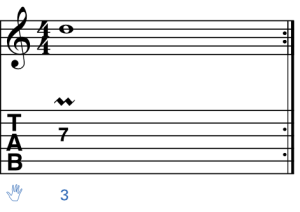
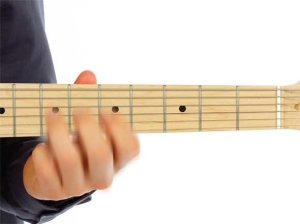
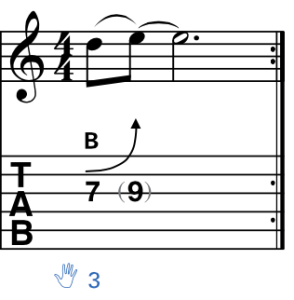
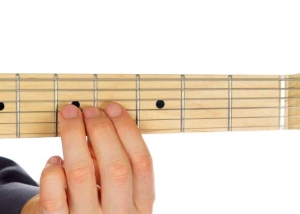
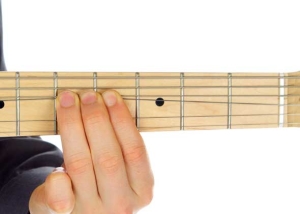
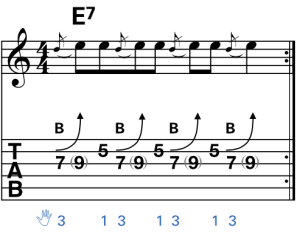
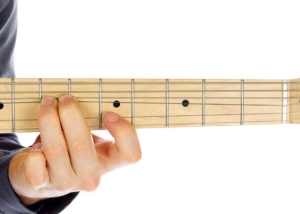














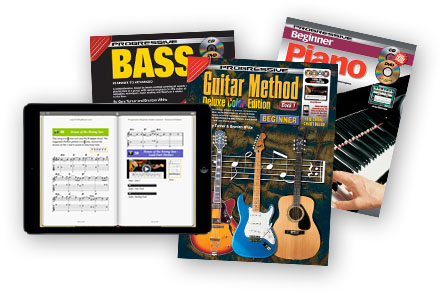






Hmm, Vibrato Actually, my first time hear about that technique, but thanks for the sharing “how to play guitar technique vibrato beading” So now I can try it.
I love music and for this sake, I want to learn how to play key board, bass guitar, and a guitar. I don’t have money to get the lessons or to buy books which has audio cd and DVDs to be practising at home.
Kindly help me. Thanks, Leonard..
Hi Leonard, please visit our free music lessons pages in the menu above.
Hi,
Thank you for sharing this lesson. I find it very interesting and will be sharing it with my guitar students. The illustrations shown in the video is also a plus for my students.
Thanks again!
Nice lesson here,thanks a million times
Music is my blood and if would have that opportunity to learn especially bass guitar and drums perfectly I love these two instruments the most. Other than all.
I feel you on that note, makes the two of us…really awesome
Listening makes it easy. Thank You!
I love listening to music
I wanna learn to play lead guitar
I am a person who loves music and wants to learn more about music, and I like sharing about your site,
I will be interested and will often come back to your blog more and will comment on the blog. give you more. thank you
I come from Vietnam and I love music, but now I want to buy a roland electric piano model, but do not know how its quality,
the experienced friends can share a little knowledge for me. The model I bought wanted to be roland rp501
Just some feedback on your audio demos you cam hardly hear the guitar notes being played because the drumming sound is so prominent and loud . This is a real shame because it voids the objective of it
Hi Michelle, thanks for your feedback. The drums are certainly prominent in the mixes above but not excessively so. I wonder if you happen to be listening to only 1 channel of the mix as the guitar part is only in the left channel so if your sound system, headphones, computer, phone – whatever you’re using – is only playing back the right channel you certainly will not be able to hear the main guitar part. Please try listening on another device….
The reason we put the guitar part in the left channel only in these recordings is so that once you have learnt the part you can switch to just listening to the right channel and play along with the backing band.
Great lesson… nice to see lessons where the teacher isn’t trying to show what they can do but actually passing on knowledge.
Hola,
just found website and its GREAT. Just became a member and will be using site ALOT.
As I was looking found this page, its great as i want to bend so bad BUT but well.
It really makes the guitar speak. Anyway, heard the audio clips, thanks for adding, But, wanted to suggest adding video. Hearing it is one thing but I think, hearing AND seeing would be better to get it right. Im one of those people who learn by seeing and hearing,
Anyway, THANKS again for great website and hopefully suggesting will be considered.
SERNA
Hola Serna, thanks for your feedback. Please visit our YouTube Channel here for videos.
Appreciate the writing. Thanking for pointing out the techniques.
I am follower of your blog for long time as you always provide great educational stuff. Thank you.
Good lesson! I also want to say how well put together your Progressive Book 1 is. Your approach really makes the most of the notes on each string by applying them to songs and phrases with lots of potential application for recycling in future riffs. It’s quite distinctive, what you have done. I found your books in our local shop because I wanted to play by note rather than tablature.. I have played for a long time, and your book makes learning the notes a pleasure rather than a chore. Many thanks.
Your help is so excellent…